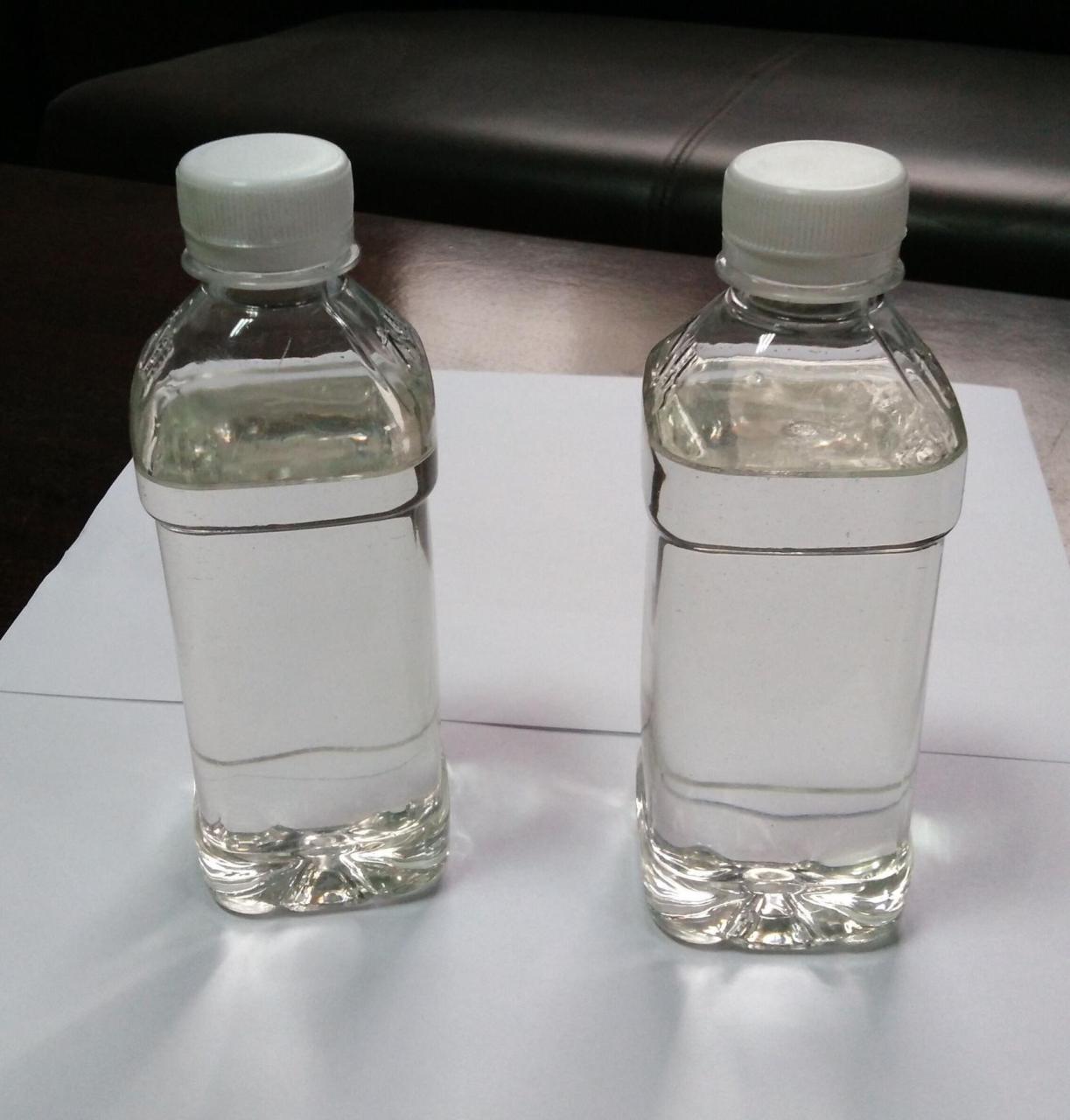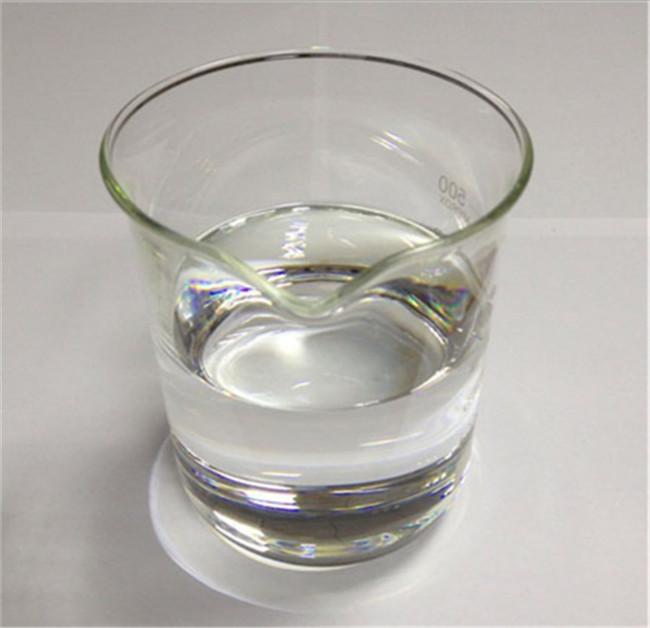In daily life, there are plasticizers in wires and cables, plastic products, car decorations and other items. Adding plasticizers to these items can be sure To a certain extent, hard and rigid plastics become soft and flexible, but we only know the effect of plasticizers. Do you know what affects the plasticizing effect of plasticizers? Today, Kaiyin Chemical is here to talk to you about the factors that affect the plasticizing effect of plasticizers, and I hope it will be helpful to you.

1. Plasticizing effect of plasticizer
1. Main functions
The main function of the plasticizer is to weaken the secondary bond between polymer molecules, that is, the van der Waals force, thereby increasing the mobility of the polymer molecular chain, The crystallinity of the polymer molecular chain is reduced, that is, the plasticity of the polymer is increased, which is manifested as a decrease in the hardness, modulus, softening temperature and embrittlement temperature of the polymer, while the elongation, flexibility and flexibility are increased.
2. Mode of action
(1) Internal plasticizer. Internal plasticizers are actually part of the polymer. Typically internal plasticizers are secondary monomers introduced during the polymerization of the polymer. Since the second monomer is copolymerized in the molecular structure of the polymer, the regularity of the polymer molecular chain is reduced, that is, the crystallinity of the polymer molecular chain is reduced.
(2) External plasticizer. External plasticizers are generally a high-boiling liquid that is difficult to volatilize or a low-melting solid, and most of them are ester organic compounds. Usually, the external plasticizer does not react chemically with the polymer, and the interaction between the external plasticizer and the polymer is mainly the swelling effect at elevated temperature, forming a solid solution with the polymer. The performance of external plasticizer is relatively comprehensive, and it is easy to produce and use, and has a wide range of applications. Nowadays, the plasticizers that people generally refer to are external plasticizers.

2. Factors affecting plasticizing effect
1. Influence of chemical structure
When a plasticizer is added to a polymer, the interaction force between the plasticizer and the polymer molecule has a great influence on the plasticization. There are two kinds of forces between its molecules: Van der Waals force and hydrogen bond. The existence of the two forces jointly affect the plasticizing effect of the plasticizer.
(1) Van der Waals force. Van der Waals force includes dispersion force, induction force and orientation force. It is a weak attraction with a small range of action that always exists between polymer molecules or between non-bonding atoms in a molecule. It has additive properties, so it is sometimes very large, so that it hinders the insertion of plasticizer molecules into the polymer molecules.
(2) Hydrogen bonding. For molecules containing -OH groups or -NH-groups, such as polyamide, polyvinyl alcohol, etc., hydrogen bonds can be formed between molecules. Hydrogen bond is a relatively strong interaction bond, and its existence will affect the insertion of plasticizer molecules into the polymer molecules. In particular, polymer molecules with a large number of hydrogen bonds are difficult to plasticize. As the temperature rises, the effect of the hydrogen bonds is correspondingly weakened because the thermal motion of the molecules hinders the orientation of the polymer molecules.
2. Influence of processing technology
(1) Production of dry mixed powder. The plasticizer is added to the synthetic resin powder and stirred at a certain temperature, and the obtained substance is a dry mixed powder whose appearance is not much different from that of the original synthetic resin.
(2) Plasticizing. The plasticizer is mixed with the powdered synthetic resin by thermal mixing, and then masticated at a certain temperature using an internal mixer or an open mixer.
(3) Processing of plasticizer solution. The synthetic resin is dissolved in an appropriate solvent, and then mixed with a plasticizer that can adjust the solubility, so that a plasticizer solution of the synthetic resin can be formed, thereby achieving a plasticizing effect.
(4) Make paste. Paste making is also a kind of plasticizing method of plasticizer. The fine particle type synthetic resin is mixed into the plasticizer in a blender with sufficient shearing action, so that a stable and pourable paste can be formed. Or slurry.

 微信扫一扫打赏
微信扫一扫打赏

